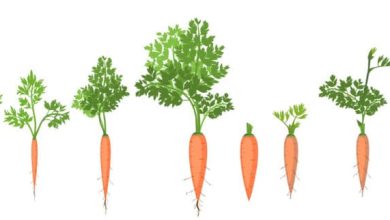Earth Pig: [Characteristics, Detection, Effects and Treatment]
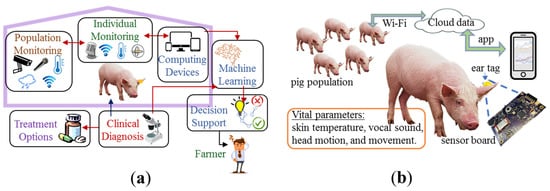
In this article we show you everything you need to know about the Piggy de Tierra. How to identify, treat and combat it. We also explain the benefits that having these insects hanging around can bring to your garden.
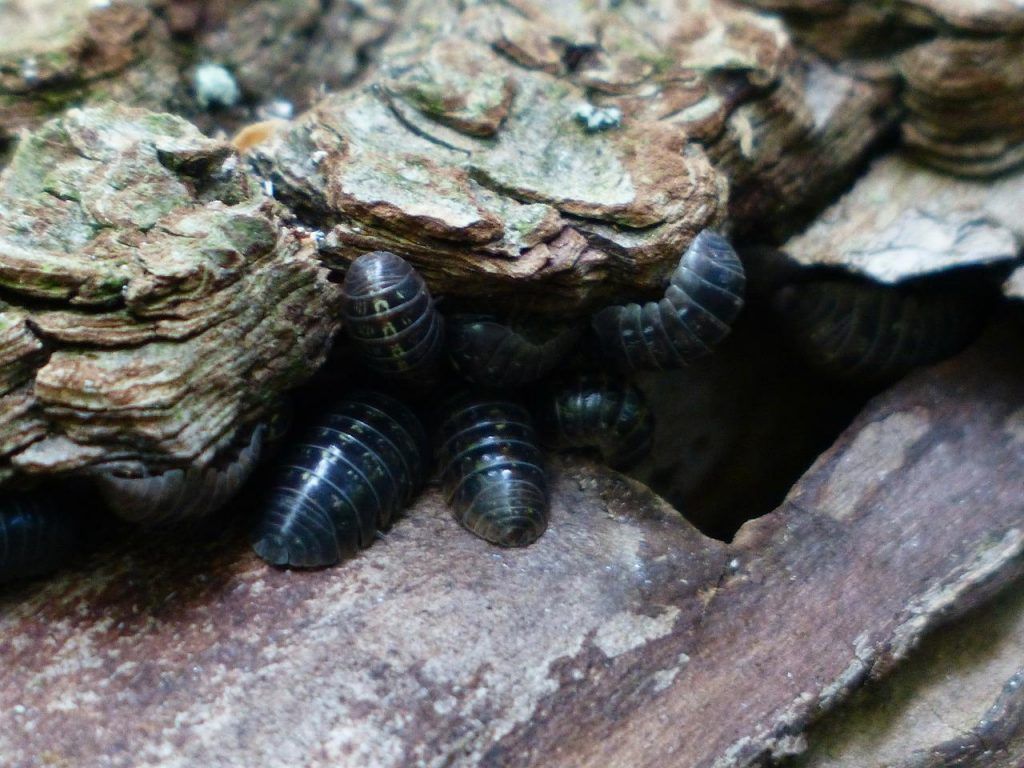
- Symptoms: Young plants appear nibbled at ground level, causing them to topple over, and some may be missing entirely.
- Activity: Night.
- Order: Isopoda.
- Family: Armadilliidae.
- Metamorphosis: Incomplete.
- Distribution: Europe.
- What attracts him: Waste material from the garden. Very rarely young and tender seedlings.
- What plants does it attack? Prefers dead plant matter, but feeds on plant tissue from seedlings or fruits if decaying plants are not available
- Common Remedies: There isfood grade diatomaceous earth, neem oil, spinosad spray or baits. Shielding seedlings with toilet paper tubes keeps them at bay. Baiting them and moving them with decomposed plant material can be beneficial, especially if they are moved to a pile ofhomemade organic matter such as compost. Keep garden spaces clean and free of debris.
What is the ground pig?
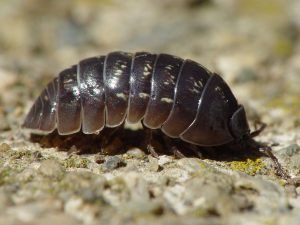 One of the most curious tenants of the gardens are the famous Little Pigs of the Earth or the Oniscídeos, with the scientific name Armadillidium vulgare, very unique crustaceans that grow directly, that is, they never live in the larval stage.
One of the most curious tenants of the gardens are the famous Little Pigs of the Earth or the Oniscídeos, with the scientific name Armadillidium vulgare, very unique crustaceans that grow directly, that is, they never live in the larval stage.
This unique condition is due to the fact that these crustaceans, not insects, always live on land, so they need special humidity conditions to reproduce. But the intermediate life they reach is short, barely lasting a month.
They are also known as ball bugs, moisture bugs, pellet bugs, and sow bugs.The feeding behavior is nocturnal. That is why they wait in dark and humid places, until they come out to eat detritus and vegetables of all kinds, alive and dead.
Its extract is very useful in the food industry, as well as its carminic acid. Well, these are used as organic colorants authorized by the United States Food and Drug Administration (FDA) and are also part of the list of additives of the European Economic Community or European Union.
Its disadvantage is the high price, it costs more than artificial preservatives, although it adds a very natural red color to foods, preserving jams, canned vegetables, ice cream, meat and dairy products such as yogurt and cheese, alcoholic beverages and non-alcoholic beverages very well. alcoholic.
How can we identify them?
They are characterized by:
- They have a rigid exoskeleton, of calcareous formation and is segmented into 7 parts.
- In the immature state they can moult between 4 to 5 times.
- The body has 3 large divisions called Cephalon, Pereion and Pleon. The first is attached to the thorax and forms the head and gives space to the eyes of the crustacean. The second is the segmented space in 7 parts where the pairs of legs are distributed, 7 in total and appendages at the abdominal end called uropods. And the third or Pleon, forms segments of the lower part called pleonites, 6 in total, although the last link is called telson.
- They are brown in color, but there are also specimens that range from slate gray to pale yellow.
- A pair of protruding antennae.
- The females have the special characteristic that they keep their eggs, about 100 in total, fertilized inside their body, where they have a special bag that keeps them until they reach adulthood.
- In the male, the projections of the first two parts of the abdomen are the apparatus used for copulation.
- When they feel under threat of death, they roll up into a ball, thanks to a flexible accordion-like body.
- They have very powerful chewing mouthparts, capable of crushing solids, which allows them to feed on the exoskeletons of dead insects, not just stems and leaves.
- They have gills instead of lungs. Therefore, they need to live in fairly humid environments.
- They live on the ground, they do not attack the foliage, unless they become a pest due to a high population.
- Although they are special to get rid of plant debris, they also like to eat stems full of water and living plant matter, so they can be a serious threat to ornamental plants, whatever they are.
- The feeding behavior is nocturnal. That is why they wait in dark and humid places, until they come out to eat detritus and vegetables of all kinds, alive and dead.
What plants does the little pig affect?
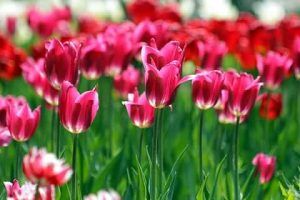 They love to live under ornamental plants, in the darkest and most humid places they can find between medium and tall plants, under leaves, stones or rocks, decomposing fallen trunks.
They love to live under ornamental plants, in the darkest and most humid places they can find between medium and tall plants, under leaves, stones or rocks, decomposing fallen trunks.
They eagerly await the fall of leaves and take advantage of succulent stems, full of water, so they can become a serious problem for our plants if they reach the status of ornamental pest.
They also attack the roots, so they can cause great damage to plantations and affect shoots and young plant species.
The fact that they have an active presence in our garden inevitably indicates that other much more harmful animals are acting at will, because to do it justice, the Piggy likes it very much, preferring above all to eat vegetable waste, as well as decomposed animals..
That is why they live inside rotten wood, caves and humid cracks, since they always need a wet surface to be able to breathe through their gills and carry out gas exchange with the support of the ventral plates of their anatomy.
How to fight the earth pig?
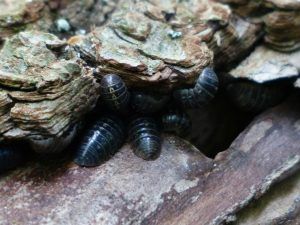 There are several expeditious ways to exercise effective control over the proliferation of these little animals.
There are several expeditious ways to exercise effective control over the proliferation of these little animals.
In the event that they acquire an aggressive behavior, that they become a plague that destroys the plants, we will have to use a powder insecticide that can be spread on the ground and that will penetrate with the help of irrigation water.
Another way to throw it is by dissolving it previously in the irrigation water, so that the fumigation process has a greater scope.
What are the best products to eliminate the earth pig?
In the market you can get very effective commercial products. The following will go a long way in controlling the pest in the garden.
Diazinon insecticide
It is a powdered insecticide that easily annihilates the insects that mine the soil, destroying varieties not only like the little pigs, but also others with fearsome action such as cutters, wireworms, larvae, centipedes, ants, larvae, among others.
This product has a powerful residual effect that lasts even on very absorbent surfaces.
Terrasan fungicide
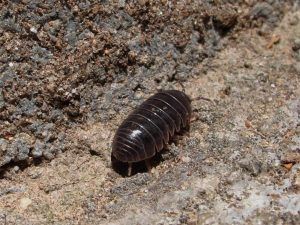 It is an ideal fungicide to avoid all kinds of fungal attacks that rot the roots of plants.
It is an ideal fungicide to avoid all kinds of fungal attacks that rot the roots of plants.
It also has a powerful residual effect that also eliminates the most annoying insects in the garden and orchards, such as beetles and worms of all kinds, centipedes, mealybugs, among others.
It mixes the fungicidal power with the recipe of broad-spectrum insecticides, so it can be used in soil disinfection, planting in meadows and fields, planting species in pots, as well as carrying out transplants taking preventive measures.
life cycle of these insects
An adult female ground pig lays several eggs.
Unlike most insects, these eggs stay with her, carefully hidden on her underside. The female has a pouch called a marsupium that keeps the eggs protected.
For four to six weeks, she will carry her eggs with her in this brooding bag. When they hatch, they look identical to their parent, but in miniature form. After hatching, the baby bugs remain in their mother’s bag for a couple more months.
The tough exoskeleton that coils up to protect the piglet must shed five to six times as it grows. This occurs in two stages. First, the roly poly will shed the back half of its shell. Once it has reformed, it will detach from the front half.
Pigs take about a year to mature to adulthood. They will leave their mother’s pouch at 4 months of age. The mother can then lay a new batch of eggs, producing up to three generations a year.
The average life of these tiny crustaceans is three years. They don’t reproduce as quickly as other garden dwellers, but they can have a lot of babies in that time!
Are these bugs bad for the garden?
In the numbers that typically appear in the average garden, these insects are not a problem. In fact, they are barely noticeable. There is usually plenty of decaying material for them to feast on.
It is when the bed bug population skyrockets that it can become a major problem. When there is a large population, fallen plant debris can be consumed too quickly. And suddenly, your plants are the next to be attacked.
This does not imply that the pig is a bad insect in your orchard or garden. In fact, it is not usual to discover large populations. And if alternatives are provided, they will often switch places, ignoring live plants.
These little roly-polies can also be beneficial to your garden. If you like compost, you’ll want to have plenty of them in your pile. They can quickly break down plant parts, chewing them into smaller pieces. This speeds up the composting process.
So are they beneficial or harmful? To answer this, we must bear in mind that they are insects that are hungry and need food. If you provide them with alternative sources, they will eat them. If you don’t, your plants may be in danger.
Environmental control for pigs
While the methods outlined above work, there are other options you can use to reduce the risk to your plants.
toilet paper tubes
Placing toilet paper tubes around the seedlings prevents the little pigs from reaching them. Old plastic cups with the bottoms removed work similarly, but they don’t break like tubes.
use baits
You can put a bait and move the piglets to another place. Put a small pile of waste in your garden for a couple of days. Decaying leaves, ears of corn, or even half a melon will attract little pigs. After a couple of days, collect the waste and collect the bugs so they can be moved to another place.
If you have melons or other fruit-bearing plants growing, provide support to keep fruit off the ground. Melons, for example, may have a sling or hammock made from old T-shirt material to protect the fruit. Strawberries can be planted in narrow troughs so that the berries hang over the sides.
How to protect your potted plants
Potted plants that are attacked by these insects can also be protected. If you hang your potted plants or put them on a concrete surface, you will avoid bed bugs. Since the pill bug needs moisture to survive on its way to your plant, this basically puts a desert in its path!
How to prevent bed bugs from pills
There is no sure way to prevent little bugs in the garden. But they can be discouraged from living in your garden beds.
Keep your flower beds clean of plant debris. Do not provide adjoining habitats for piglets next to your garden space.
Instead, spread them out in a compostable part of your garden. These insects are excellent compost bugs and very beneficial there. If you’re molding leaves, or have a regular pile or bucket, you can attract bugs to this. Don’t put them inside compost bins, as they won’t survive well in them.
You can also allow them to live in spaces where their damage is negligible. For example, pill bugs hiding in the edges of your lawn may nibble at the grass, but you’ll never notice it. Under old trees that do not have plantations is another good place.

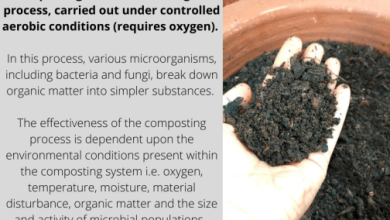
![Photo of How to Plant Peonies in Your Garden: [Complete Guide + Step by Step]](https://www.complete-gardening.com/wp-content/uploads/2021/06/sembrar-peonias-390x220.jpg)

